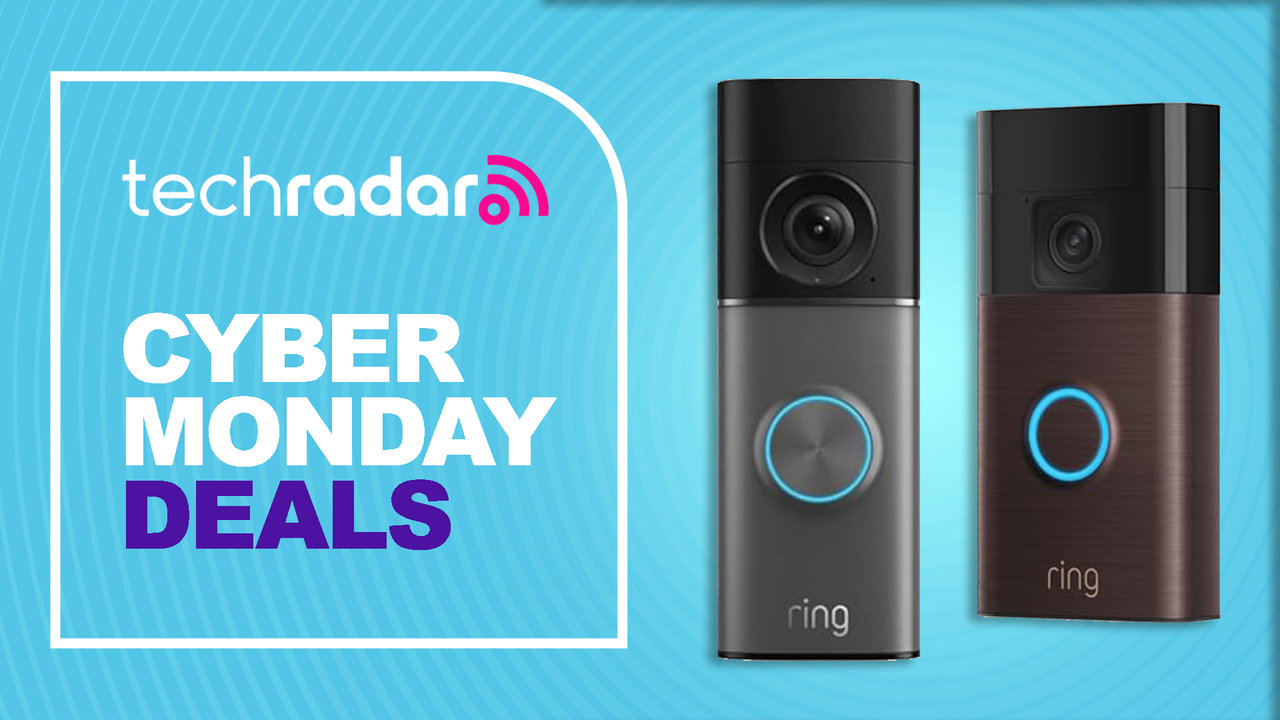
When the iPhone X was announced last week, I heard from many people that the technology being used could already be found in other devices. Which may be true, but that doesn’t mean that it’s necessarily worse off for using the technology later. I often compare Apple and Samsung as it relates to their phones. Mostly because I’m interested to hear what devices people are using and why. So today, we have a run down for you on how the iPhone X compares with the Samsung Galaxy S8.

iPhone X
- Operating system: iOS 11
- Size: 5.65″ x 2.79″
- Screen: 5.8″ “Super Retina” OLED Display with True Tone and 3D Touch
- Processor: Apple A11 Bionic
- Camera: Dual system with 12 megapixel wide angle (f/1.8) and telephoto (f/2.4) with OIS; New “Portrait Lighting” function for selfies
- Video: 4K at up to 60 fps, slow-mo at 1080p up to 240 fps
- Advertised battery life: Up to 12 hours of Internet use
- Bonus features: Wireless charging; Facial recognition unlocking; Apple Pay
- Price: $999 and up

Samsung Galaxy S8
- Operating system: Android 7.0
- Size: 5.86″ x 2.68″ (6.28″ x 2.88″ for larger Samsung Galaxy S8 Plus)
- Screen: 5.8″ Super AMOLED Display
- Processor: Snapdragon 835 or Exynos 8895
- Camera: Single 12MP f/1.7 with OIS
- Video: 4K at up to 30 fps, slow-mo at 720p and 240 fps
- Advertised battery life: Up to 12 hours of Internet use on 4G
- Bonus features: Samsung Bixby assistant; Wireless charging; Iris, face and fingerprint scanners; Samsung Pay
- Price: $749 for Galaxy S8; $849 for larger Galaxy S8 Plus
According to a CNET report, the iPhone X doesn’t have the ability to tap into super fast wireless network technology called Gigabit LTE. But there are 10 Android phones that do – including the Samsung Galaxy S8. The Gigabit LTE gives you the ability to reach a theoretical peak speed of 1 gigabit per second. That’s the highest speed offered by ISP’s. To put that into perspective, that’s fast enough for you to download a two hour movie in just 15 seconds.
Apple confirmed that the new iPhones will be able to tap into LTE Advanced networks, which only give you (at most) 500 megabits per second. Which is incredibly fast, no matter what you think. But it’s still not as fast as the Samsung phone. That being said, Apple has never been at the cutting edge when it comes to networking tech. Maybe they’re waiting to see how the technology plays out before getting involved with it. And can you really blame them?
I typically say that I like Apple products over Samsung. Which I’m going to say again today, but you have to remember that you’re not comparing apples to apples. No pun intended. Yes, there are things that you can compare. Ram, for example. But they run on completely different platforms. Which is why I think it’s hard to make a true comparison. And when it comes down to it, what do you care more about – the specs or what the device can do? Which is all about the software and those kinds of features. Isn’t it? How the apps work with other apps. How it connects to any other devices (smartwatches etc.) is also an important feature, so I think we’re doing both phones a disservice when we compare them.



